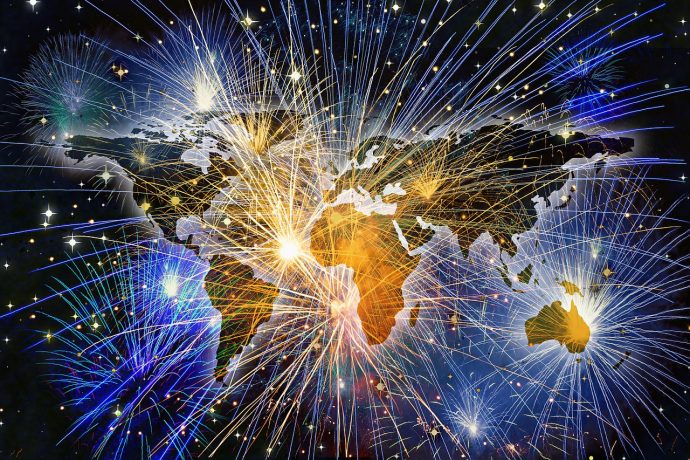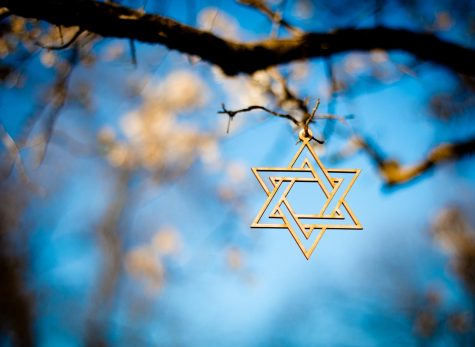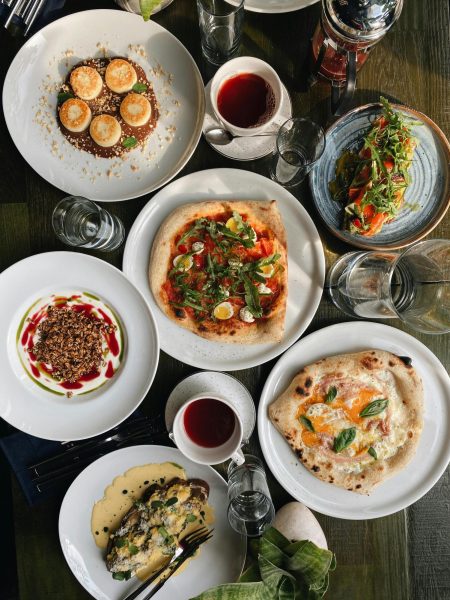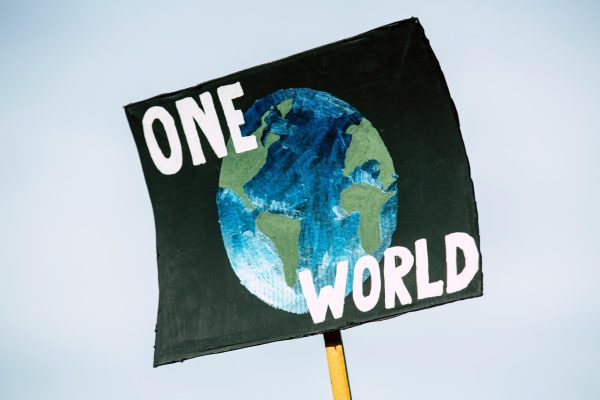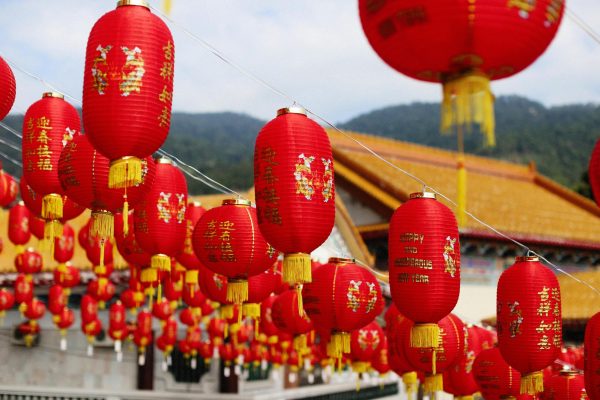New Year’s Eve Around the World
Annually, people worldwide celebrate making it through another year filled with memorable events. Every country celebrates New Year’s Eve differently, but everyone greets the new year with hope and optimism. Listed below are some of the unique ways New Year’s Eve is celebrated around the world.
Spain: 12 seconds before midnight, people eat 12 grapes which represent their wishes for the new year. It is believed to be bad luck if all 12 grapes are not finished by the time the clock strikes 12:00.
Germany: Every year in Berlin, a festival called “Silvester” is held to ring in the new year. During this festival millions of people celebrate through fireworks, music, and German wine. Families who cannot make it to Berlin melt lead, pour it into a bucket of water, then determine the shape it takes. This tradition is called Bleigiessen, and each shape that could be formed represents a different event that will take place in the upcoming year. A heart or ring indicates love or marriage, a ball or circle means luck, and a fox represents wisdom.
Australia: New Year’s Eve takes place in the middle of summer in Australia, so the day-time events are a little different. The day usually starts by visiting family and friends, having a picnic, or attending one of the many summer fairs. The celebration begins at night with elaborate midnight fireworks throughout the country.
Zimbabwe: Rather than celebrating for just one day, the new year is celebrated for three days in Zimbabwe during the Jameson Vic Falls Carnival. Over the span of three days, small, large, public, and private parties are held to welcome the new year.
Mexico: In Mexico, and many other countries, the new year represents a new start. Many households in Mexico throw buckets of water out the window and deep clean their houses to throw out the previous year. At midnight, many people sweep 12 coins into their house to encourage a year of fortune and prosperity. Festivals, parties, and parades all light fireworks to scare away the evil spirits before the new year begins.
Peru: One of the most well-known New Year’s Eve traditions in Peru involves three potatoes. One potato is peeled, the second one is only half peeled, and the third one is not peeled at all. At midnight, one person blindly picks a potato that represents their financial status for the upcoming year. The unpeeled potato represents wealth and fortune, the peeled potato means no money, and the half peeled potato indicates a normal year.
China: The Chinese New Year is usually celebrated in late January or February. Parades with dancing lion and dragon floats represent wealth and a long, healthy life. Many of the decorations, clothing, and food are red because of the symbolic meaning behind it. In Chinese culture, red is considered to be a lucky color that brings fortune and repels evil spirits. Hang Bao, red envelopes consisting of money and positive messages written in gold, are given to friends and family as a symbol of good luck for the new year.

Jordana Pont, better known as Dani, is a senior at Freehold High School. This is her third year as a member of The Colonial. Dani enjoys writing about current events, school news, and the latest trends, but she is willing to branch out and write about almost anything. Dani enjoys hanging out with her friends, shopping, and reading. In the future, Dani hopes to major in psychology and stay on the East Coast.

